Neuronal Mechanisms of Memory Formation: Concepts of Long-term Potentiation and Beyond
ISBN: 9780521018036 出版年:2000 页码:509 Christian Holscher Cambridge University Press
Long-term potentiation (LTP) is by far the most dominant model for neuronal changes that might encode memory. LTP is an elegant concept that meets many criteria set up by theoreticians long before the model's discovery, and it also fits anatomical data of learning-dependent synapse changes. Since the discovery of LTP, the question has remained about how closely LTP produced in vitro by artificial stimulation of neurons actually models putative learning-induced synaptic changes. A number of recent investigations have tried to correlate synaptic changes observed after learning with changes produced by artificial stimulation of neurons. These studies have failed to find a correlation between the two forms of synaptic plasticity. In this book, an international group of neurobiologists and psychologists discuss their latest ideas and data. The results of experiments using electrophysiological techniques in vitro are discussed and compared with the results of in vivo experiments. Learning experiments are also discussed. Theoretical models such as the Hebb theory of synaptic changes during learning are compared to different models that do not predict upregulation of synaptic transmission. A wide approach is taken, and research and models in different brain areas such as the neocortex and the basal brain are discussed.
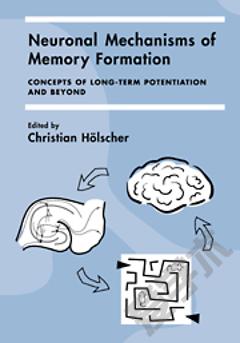










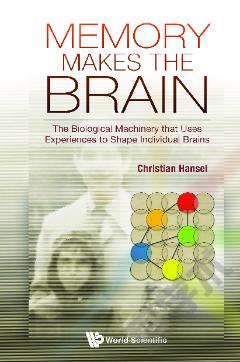
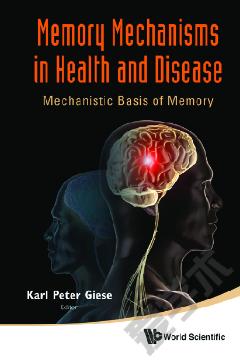

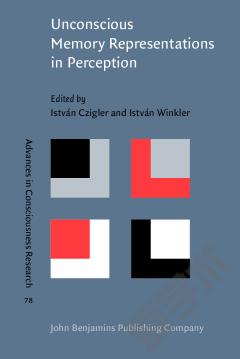

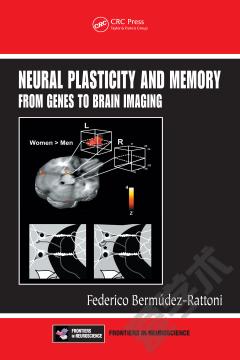

 京公网安备 11010802027623号
京公网安备 11010802027623号